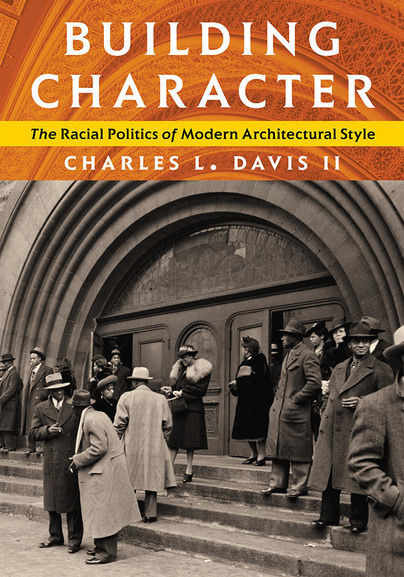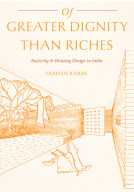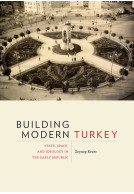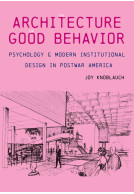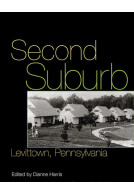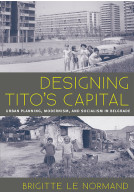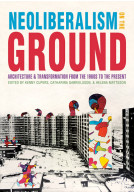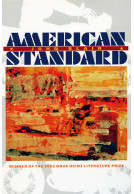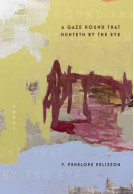Building Character (Paperback)
The Racial Politics of Modern Architectural Style
Series: Culture Politics & the Built Environment
Pages: 292
ISBN: 9780822966821
Published: 28th December 2021
(click here for international delivery rates)
Order within the next 6 hours, 35 minutes to get your order processed the next working day!
Need a currency converter? Check XE.com for live rates
In the 19th-century paradigm of architectural organicism, the notion that buildings possessed character provided architects with a lens for relating the buildings they designed to the populations they served. Advances in scientific race theory enabled designers to think of 'race' and 'style' as manifestations of natural law: just as biological processes seemed to inherently regulate the racial characters that made humans a perfect fit for their geographical contexts, architectural characters became a rational product of design.
Parallels between racial and architectural characters provided a rationalist model of design that fashioned some of the most influential national building styles of the past, from the pioneering concepts of French structural rationalism and German tectonic theory to the nationalist associations of the Chicago Style, the Prairie Style, and the International Style. In Building Character, Charles Davis traces the racial charge of the architectural writings of five modern theorists – Eugene Emmanuel Viollet-le-Duc, Gottfried Semper, Louis Sullivan, Frank Lloyd Wright, and William Lescaze – to highlight the social, political, and historical significance of the spatial, structural, and ornamental elements of modern architectural styles.







